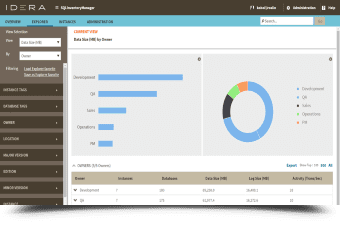Database Inventory Management for SQL Server, Azure SQL Database, and Amazon RDS for SQL Server
SQL Inventory Manager
Discover, track, and manage database inventory
Request a Quote Now!

Check out the new look for ER/Studio
Discover, track, and manage database inventory
Request a Quote Now!
